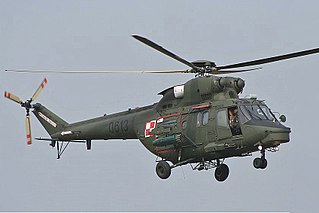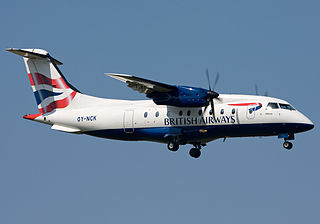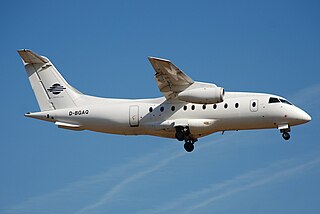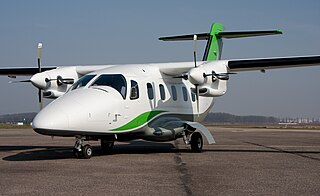| Skorpion | |
|---|---|
 PZL-230F Skorpion mockup | |
| General information | |
| Type | Ground attack aircraft |
| Manufacturer | Państwowe Zakłady Lotnicze |
| Designer | |
| Status | Cancelled |
| Primary user | Polish Air Force |
| Number built | 0 |
The PZL-230 Skorpion (scorpion) was a proposed Polish low-cost attack aircraft. It was being developed by Polish manufacturer PZL Warszawa-Okecie in the late 1980s and early 1990s.
Contents
- Development and design
- Origins and early progress
- Termination of support and later development
- Specifications (PZL-230D)
- See also
- References
- Citations
- Bibliography
- External links
In the late 1980s, PZL started developing a new aircraft intended to combine high manoeuvrability, short take-off and landing (STOL) performance, and the ability to carry a 2,000 kg payload while remaining a low-cost platform to procure and to operate. Original designs for the aircraft revolved around a twin-turboprop engine. At one point, the Pratt & Whitney Canada PT6A-67A engine was selected to power the type. However, the proposal was radically changed following a decision to submit it to a requirement issued for Polish Air Force which sought a light strike and battlefield support aircraft; accordingly, the payload was doubled and the speed was raised dramatically. The revised design was instead powered by a pair of Pratt & Whitney Canada PW305 turbofan engines. Named the Skorpion, it featured a fuselage afterbody that was blended into the wing along with a set of small canards behind the cockpit. [1]
In June 1994, the Polish Ministry of Defense announced that the Skorpion programme would receive no further funding from the Polish government. The abrupt withdrawal of support after having been recognised two years earlier as a government-approved programme was widely attributed to the formation of a new left-wing Polish government led by Waldemar Pawlak. Despite fears that this was the programme's end, PZL decided to initially continue with development independently. By late 1994, according to the aircraft's chief designer, Andrzej Frydrychewicz, the aerodynamic configuration of the Skorpion, with the exception of the tail, had been frozen. As of its 1994 redesign, performance estimates for the Skorpion included a maximum level speed of 540 kn (1,000 km/h), a 32,800 ft (10,000 m) service ceiling and a 300 km (160 nmi) combat radius. By December 1994, the stealth characteristics of the aircraft had been deemphasised. According to the company's estimates, the official development cost was promoted as being 11,500 billion złotys ($65 million). However, Frydrychewicz speculated that this figure was relatively optimistic and may have been produced with political interests in mind.


















